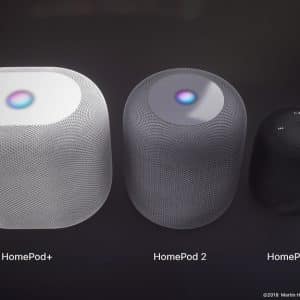Amazon is waving goodbye to its Dash buttons, physical buttons that could be installed around the home to order goods for next-day delivery on the Amazon.com marketplace.
The stick-on buttons, which were available from as little as $5, were available for a wide range of brands and products, covering everything from detergent and kitchen roll to chocolate, chips, and Pepsi.
The buttons could be mounted wherever desired, like a pantry, cupboard or refrigerator, and users could press them whenever they wanted to order something.
Dash buttons were designed to take the pressure and friction out of ordering goods online and encourage consumers to spend more of their everyday grocery and household budget inside of the Amazon ecosystem.
With a press of a Dash button, users would automatically order and be billed for a product and have it delivered to their home the next working day.
Consumers already using Dash buttons will be able to keep doing so, with Amazon pledging to support the service for the foreseeable future.
However, the e-commerce giant took the time to encourage Dash users to take advantage of the company’s Alexa voice assistance and range of Echo devices, allowing users to order goods and services using their voice.
The company said that it has sold “millions” of Dash buttons around the world since their inception, and in 2017 even added virtual buttons to its Amazon.com web store, allowing shoppers to purchase goods with a single click.
The Dash buttons were criticized by some, who suggested they could be abused or misused by children.
Amazon did, however, offer safeguards for accidental presses – orders can be canceled before they’re shipped, and repeat presses do not result in another order until the previous order has been delivered, in a bid to reduce waste and accidental purchases.
With Amazon discontinuing the Dash and placing a greater focus on its smart speaker range, it will be interesting to see what the company does next to encourage sales and innovate in the e-commerce marketplace.
As well as launching Amazon Go convenience stores in some locations, the company has ventured into physical book stores and purchased Whole Foods in 2017.
The giant reported revenue of $232.887 billion in 2018, 30.93% up on 2017’s earnings.








